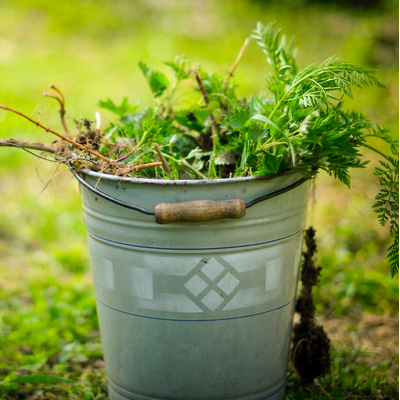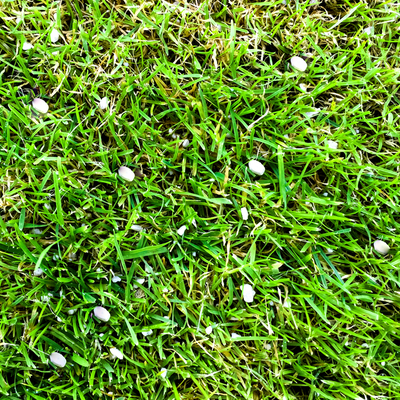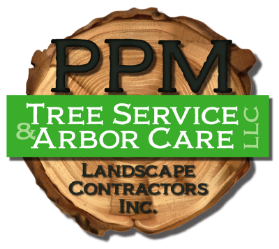Spring is almost here! Now’s the time to start thinking about what your spring lawn care plan should be. There are many things you can do to get your lawn looking its best. Check out our recommendations for keeping your lawn in peak health all season long!
Spring Lawn Care Tips
Clean Up Debris
Lawn debris includes things like fallen branches, twigs, or dead leaves from the previous fall. Dead organic material creates micro-environments where diseases like mold, mildew, and fungi thrive. Also, certain pests are attracted to areas with built-up debris. And while you’re at it, consider thatching your lawn. While it’s best to use a thatch rake, a normal rake can work as well. Raking out excess thatch allows air and sunlight to penetrate deeper into your lawn. Grass literally has room to breathe, and more sunlight decreases the dark, dank areas that encourage disease.
Aeration
Also known as core aeration, this process removes hundreds of tiny plugs of soil from your lawn. These plugs are then scattered on the surface, where they will break down naturally into mulch. These tiny holes allow air, water, sunlight, and nutrients to better reach the grass’s roots. Think of it as thatching 2.0. Plus, aeration has the added benefit of breaking up hard compacted soil – which thatching alone can’t do. When soil becomes too compacted, it makes it difficult for nutrients to reach the roots and for the roots to expand and grow.
Disease Prevention
Lawns are prone to mold, mildew, and fungi when excess moisture build-up or a severe lack of sunlight is available to the root system. A common lawn disease that appears in early spring is known as snow mold. This occurs when snow falls on ground that is still warm from autumn temperatures. The snow traps the warmth and excess moisture, and mold thrives unimpeded until the snow melts in spring. By this time, the damage has thoroughly set in.
Other common lawn diseases include Dollar spot and red thread. Dollar spot takes its name from dead spots it creates that are roughly the size of a silver dollar coin. If left untreated, these spots can multiply and grow larger until they form huge swathes of dead or damaged turfgrass. The red thread disease appears like red strands of thread that coil about the ends of the turfgrass. Both of these conditions, and many others, can be proactively eradicated with a good fungicide.
Weed And Feed
You may have heard the term “weed and feed” before. This refers to compounds that simultaneously nourish your lawn while knocking out weeds. This sort of herbicide is called “selective,” meaning it will only target specific species. Therefore, you have peace of mind knowing your turfgrass will not be harmed. Make sure your fertilizer has the appropriate balance of nitrogen (N), phosphorous (P), and potassium (K). Nitrogen promotes plant growth and development. Phosphorous helps your grass’s roots grow strong and energetically. Potassium helps lawns resist diseases. Applying a weed and feed every 4 to 6 weeks, beginning in spring, will keep your lawn healthy and weed-free throughout the year.
Pest Control
Pests come in many shapes and sizes. We’ve already discussed the microscopic pests – fungi, mildew, and mold. You’ll also want to watch out for moles and grubs. Grubs are the larvae of both Japanese beetles and June bugs. Both appear like c-shaped whitish caterpillars. You likely won’t see them above the surface since they munch the roots of turfgrass. You’ll definitely notice their damage, however, when dead patches and uneven terrain appears. Grubs can be eradicated using Dylox grub control. It’s a contact control method, meaning when grubs come into contact with it, they die. It’s applied by sprinkling it on the affected area and watering the lawn thoroughly. Applying it in spring is ideal since this is the time when grubs wake up from their winter slumber and search for food.
Moles are one of the worst pests to have on your lawn. Their tunnels and entry mounds leave conspicuous damage. Thankfully, moles can be controlled using special pellets. When deposited into the mole tunnels, it releases a gas that stays beneath the earth and kills the moles. This should only be done by a licensed professional.
Get The Best Spring Lawn Care In Michigan – Call PPM Landscape Contractors Inc.
You can trust the experts at PPM Landscape Contractors Inc to deliver top-notch spring lawn care services. Our residential landscaping program covers jobs large and small. From aeration to fertilization, we’ll make sure your lawn looks beautiful this spring and beyond! Call (877) 454-8733 today or contact us online here. For more lawn care tips, be sure to check out our monthly blog.
